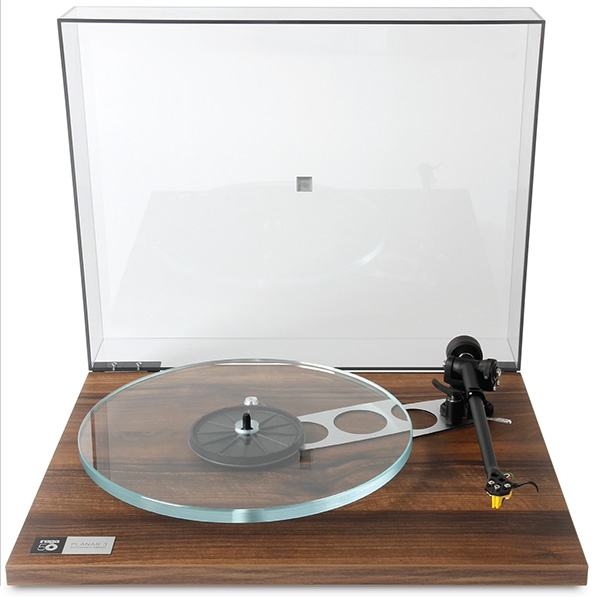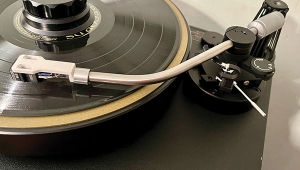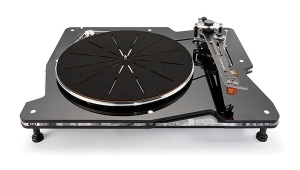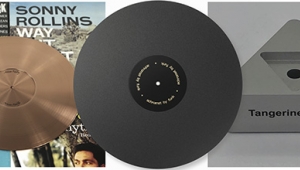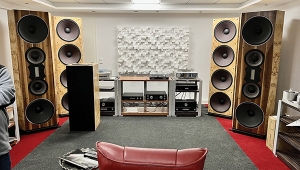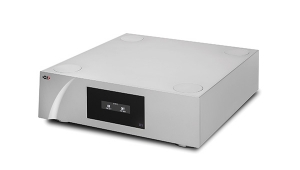| Columns Retired Columns & Blogs |
... advance the state of its turntable making craft over the past 43 years. But, how useful is it to compare the current product to an ancient ancestor, rather than to one of its contemporaries?
The base price of the Planar 3 is about $1,100 - which will also buy a Technics SL-100C. The Rega Exact MM cartridge sells for about $500-700, depending upon whether it is bundled with the turntable or bought à la carte. MM cartridges such as the Ortofon 2M Black, Audio-Technica VM760SLC and/or Goldring 1042 are available for under $700.
Might it be possible to have a follow-up showdown between the
Planar 3 Anniversary model and that Technics 'table along with one of the aforementioned cartridges?
